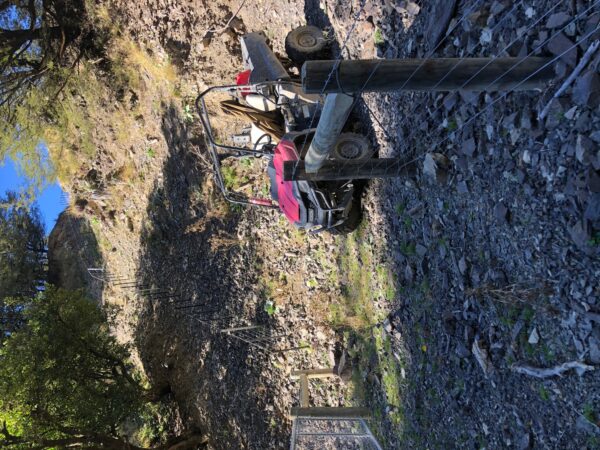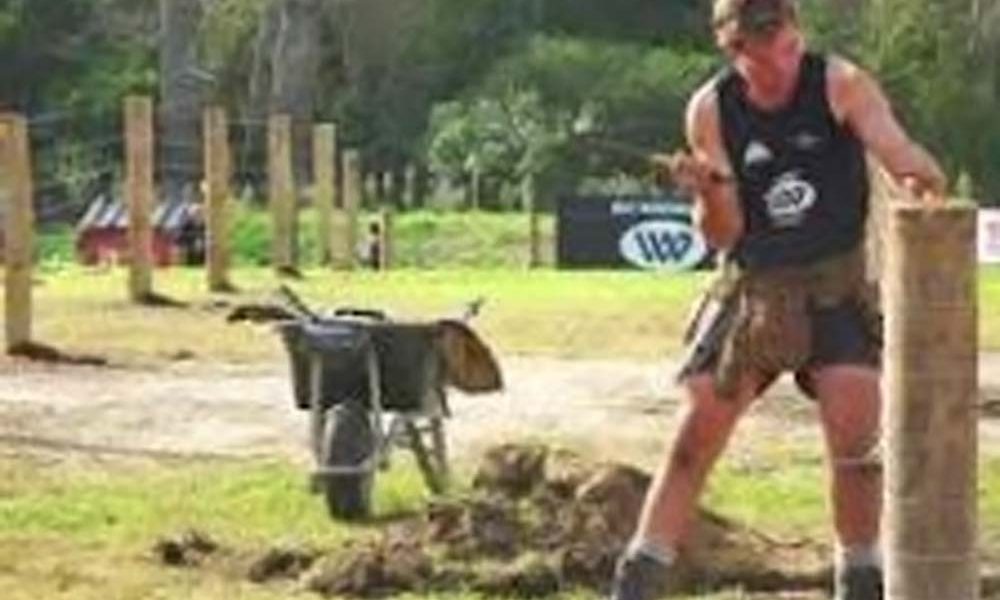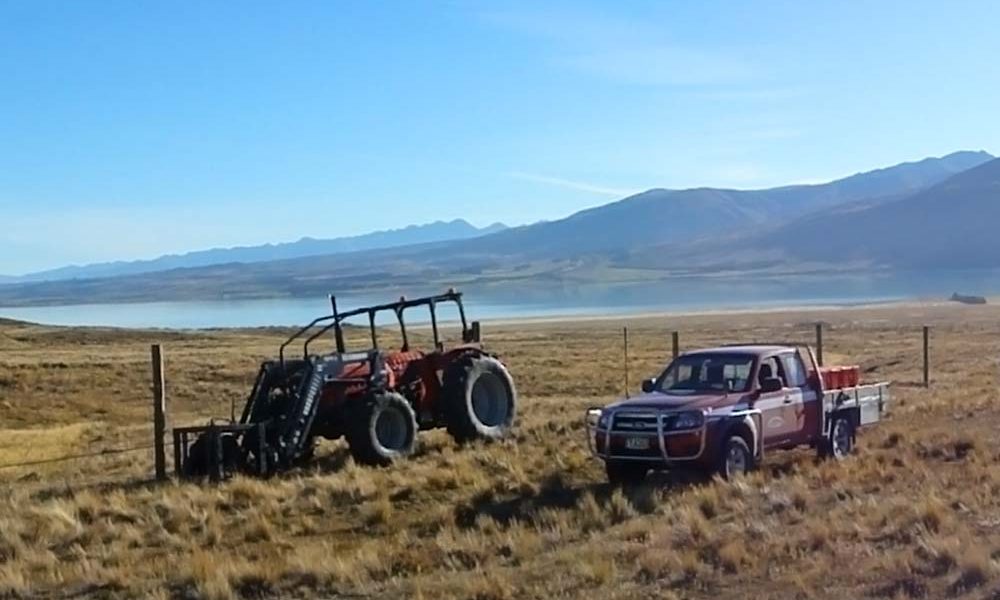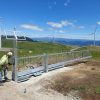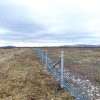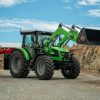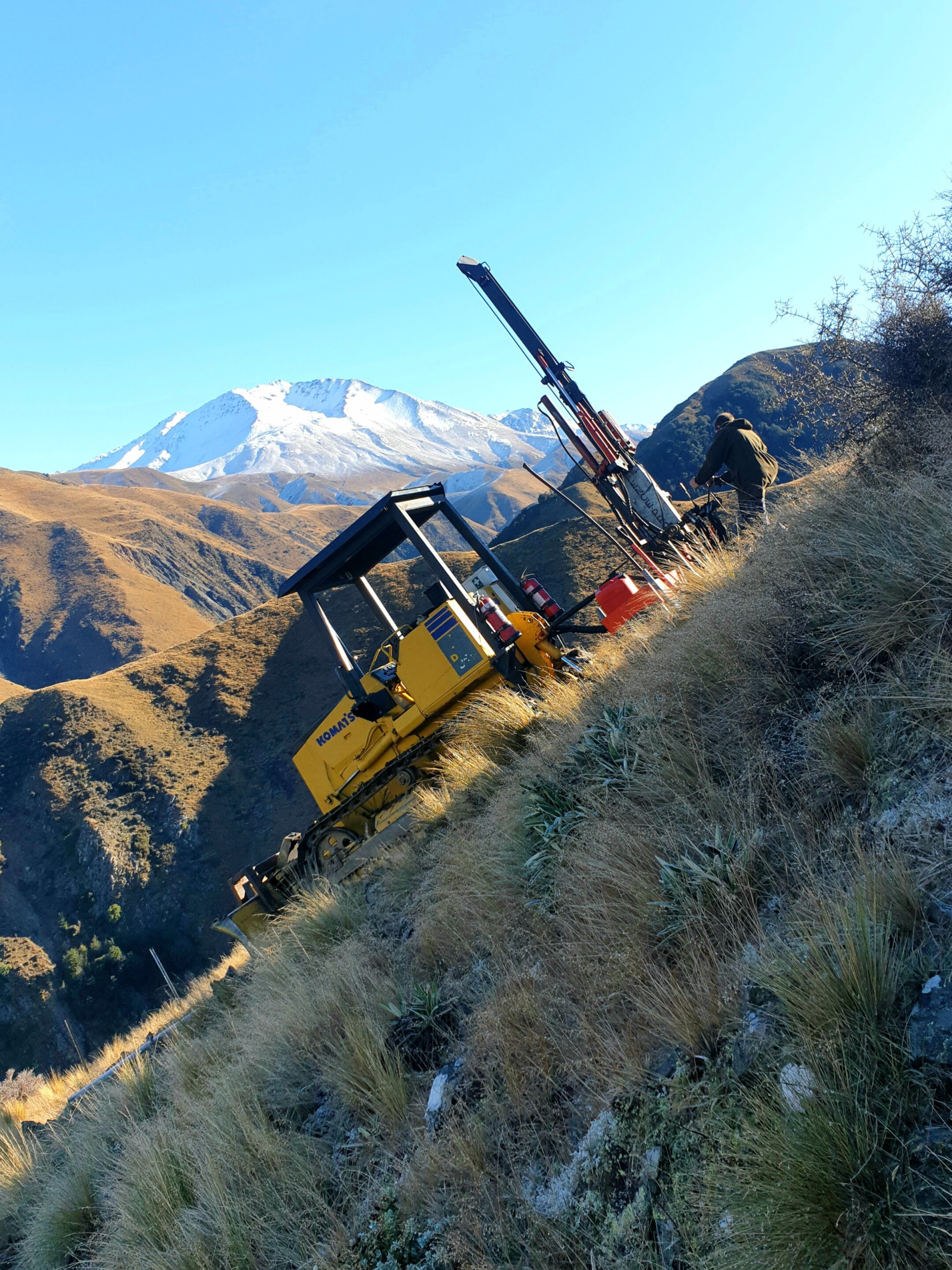
Naming your business High Country Fencing indicates your intent; big country, big jobs, the type of work whose environment challenges you on even the most mundane of days.
High Country Fencing has been working at Mt Alford Station for past 4 years on various High Country jobs including re-fencing flat country. Mt Alford Station is a 2,291 hectare cattle and sheep breeding and finishing venture, operating on four distinctly different classes of land. All but 75 hectares has been purchased over the past 5 years and are either completely or currently being re-developed. More than 350 hectares of indigenous vegetation and wetlands have been fenced off permanently from livestock and over 100 hectares of exotic forestry planted.
The job
In late summer/autumn 2021 High Country Fencing undertook a boundary fence for the Department of Conservation and Mt Alford Station Conservation Fence – fencing off native bush.
The job was planned for that time of year to ensure it was dry enough to have the bulldozer working and for environmental and health and safety reasons.
The tools
The equipment used was a Bulldozer with a side mounted Fencepro post driver, creating no need to back up to install posts. The operator is always behind the dozer for safety but it’s also good for keeping away from the cliff edge/loose terrain. A 13.5 T Excavator was used for some areas with a Waratah Post Driver and Rock Drill. Access was via ATVs and explosives was used in the rock.
The challenge
The terrain was steep even by High Country Fencing’s standards and it was thought a helicopter would be required to drop gear onto the hill sides, but they managed with a sledge on the dozer – making the job cheaper for the client.
There was distance and inaccessibility to parts of the jobsite, with an hour’s drive out the back of the station to get to the job site, then having to get onto ATV to get out to the fence line, with the track not suitable for vehicles.
The ground varied greatly with areas of clay that were greasy and very sticky when wet, like giant skid pads. And the rock! Lots of rock, with rock drilling using the Excavator required and T irons used in places where posts couldn’t get to. Explosives were used for blasting rock on some areas.
The weather had its say, with early snow, and wind up to 150 kms/ph causing suspension and disruptions to work.
The big flood of June 2021 washed the tracks out to the jobsite, luckily the job had just been finished and the bulldozer was still warm from having been brought out to the front of the station.
Health & Safety
Dealing with the risks on this type of job involved:
- Communication systems;
- A good emergency plan with workers well briefed in scenarios;
- Keeping the dozer operator seated at the controls and with blade down at all times to help take the pressure off the handbrake;
- No ground crew working below the dozer in case of loose rocks and/or machinery slippage;
- Always accessing the terrain on foot first – looking for rocks that dozer tracks could slide and skate down;
- Planning for access with a plan that allowed for viable weather changes during the day; and
- Fire risk: two readily positioned fire extinguishers on every piece of machinery, including ATVS.
Article by Debbie White and Geoff Rogers
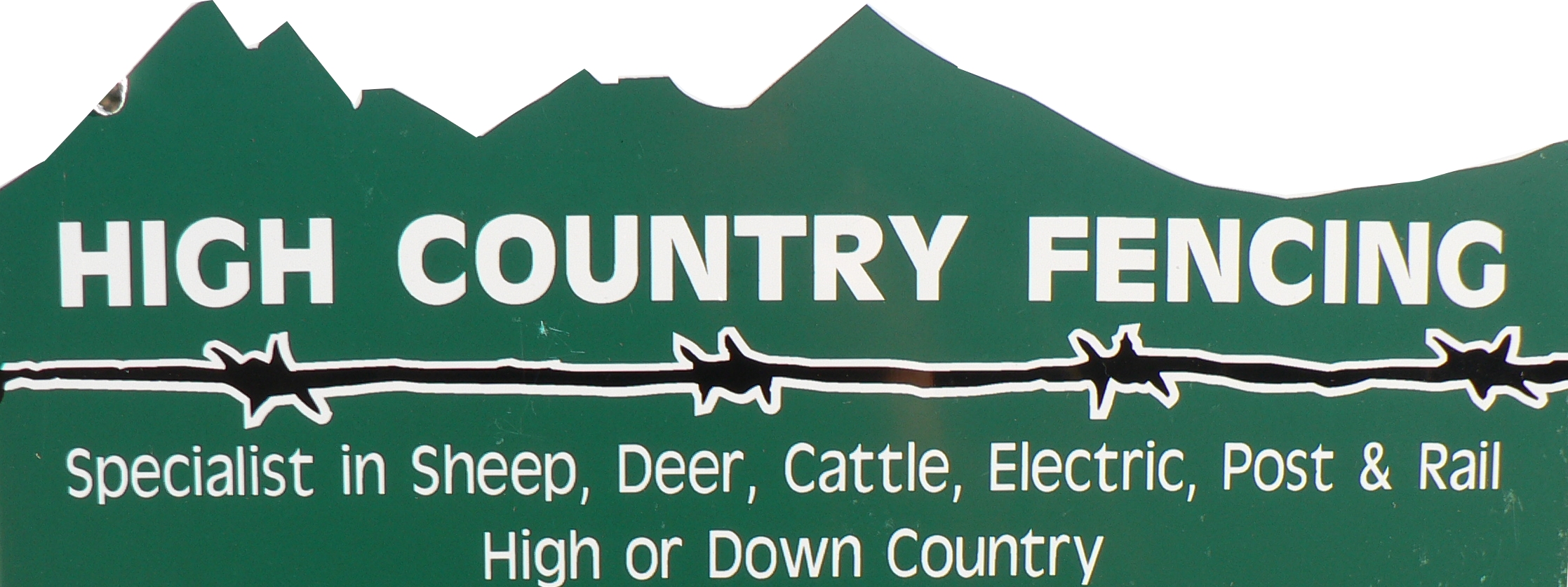
Published in the Difficult & Demanding Fencelines Feature in WIRED Issue 67 / December 2022 by Fencing Contractors NZ
Read WIRED online
Follow us on Facebook
© Fencing Contractors Association NZ (FCANZ)

